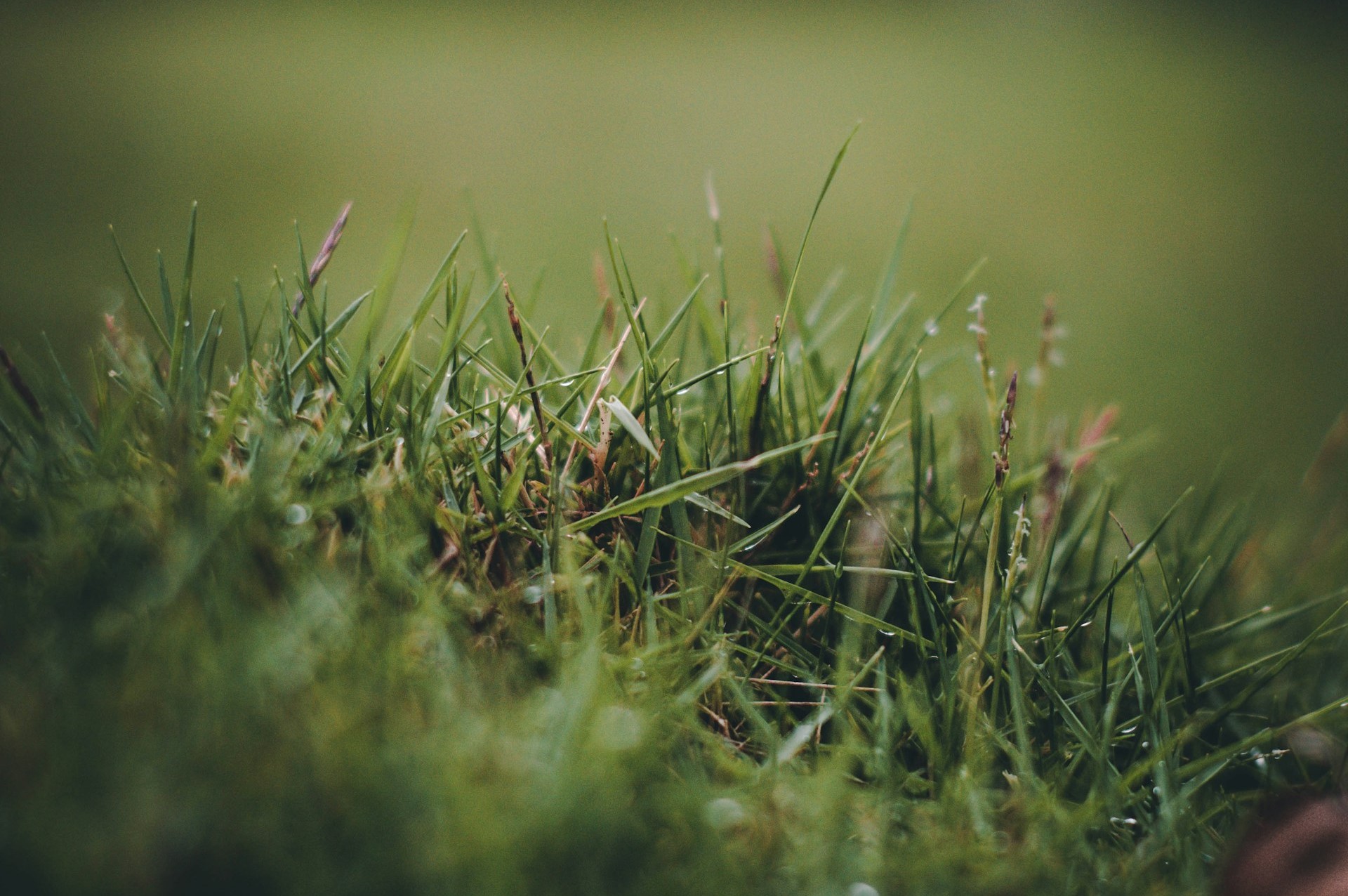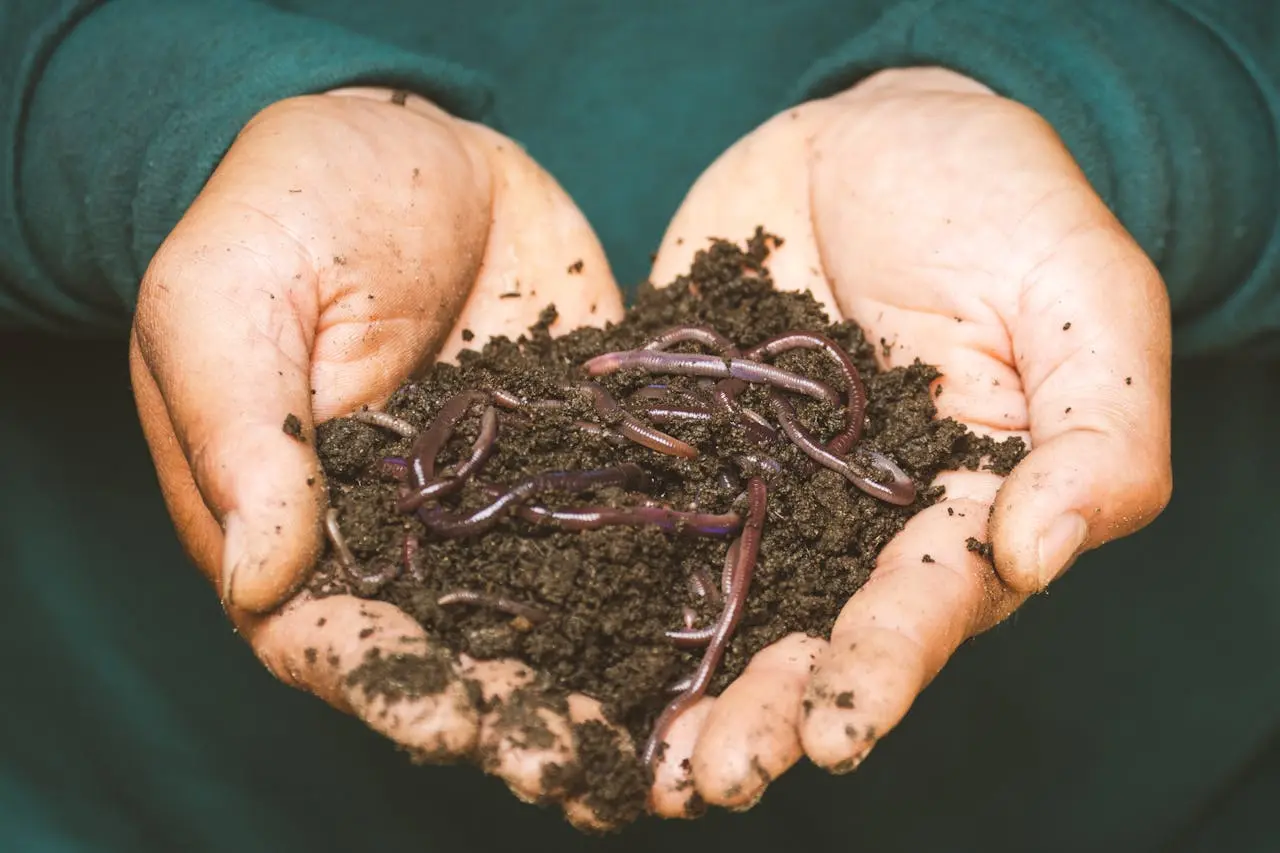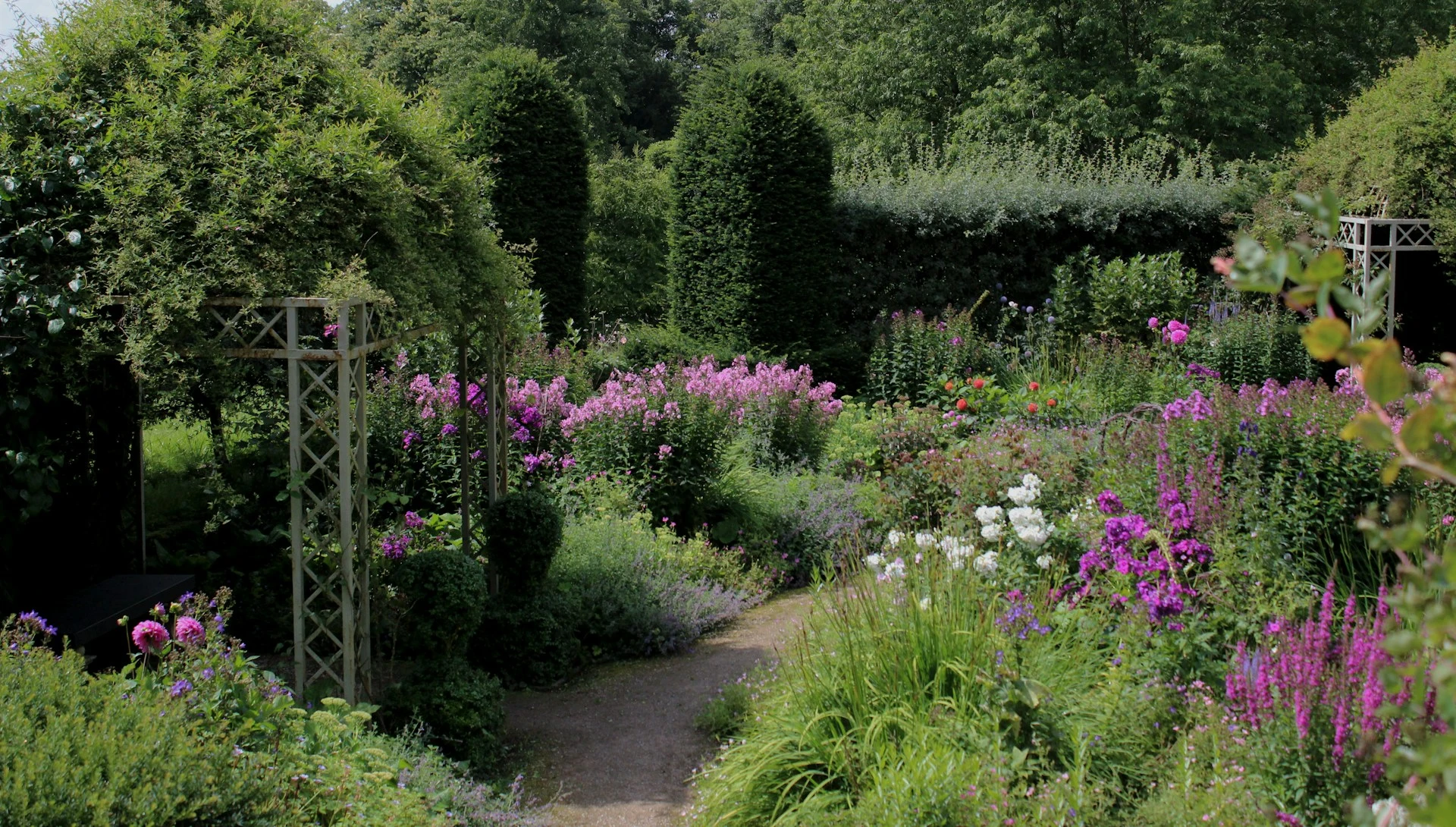Weeds are pesky intruders that can quickly take over your lovely flower beds, competing with your plants for water, sunlight, and nutrients. To effectively combat them, it’s important to understand the nature of weeds and the factors that contribute to their growth.
In this blog post, we’ll cover:
ToggleThe Nature of Weeds
Weeds are unruly plants that grow vigorously and often without intentional cultivation. They can spread through seeds, underground rhizomes, or creeping stems, making them resilient and difficult to eradicate. Common weeds in flower beds include dandelions, crabgrass, and chickweed.
Factors Contributing to Weed Growth
Several factors contribute to the prolific growth of weeds in flower beds. Understanding these factors can help you take preemptive measures to prevent their intrusion. Factors such as soil compaction, inadequate mulching, and poor plant spacing can create favorable conditions for weed growth.
Common Weeds in Flower Beds
Knowing the common weeds that infiltrate flower beds can help you identify and address them effectively. Some prevalent weeds you may encounter include bermuda grass, purslane, and plantain. Each of these weeds has unique attributes that allow it to thrive and spread in various environments.
In the next section, we’ll delve into preemptive measures you can take to address these factors and prevent weed growth in your beautiful flower beds.
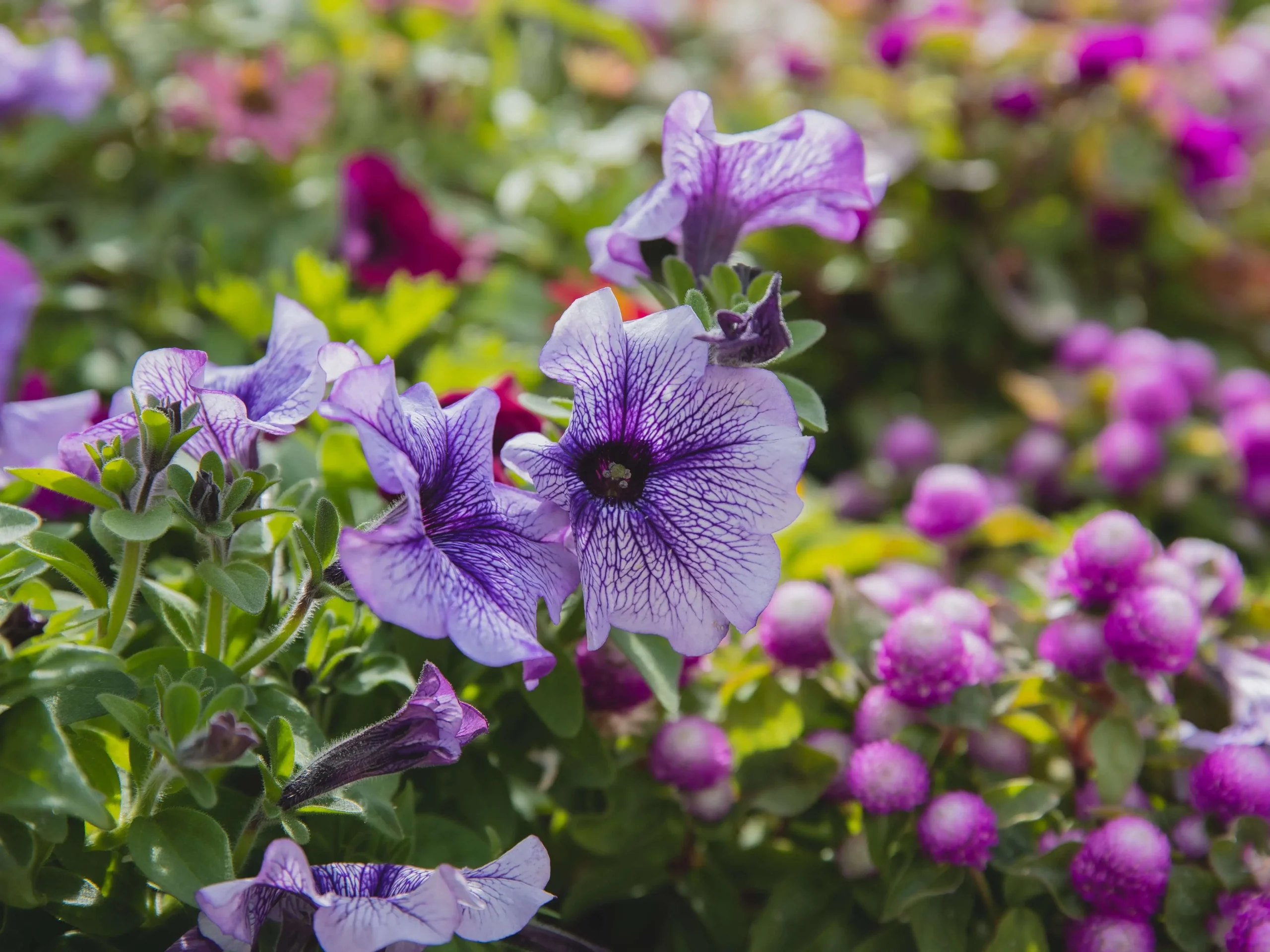
Preemptive Measures for Weed Prevention
To keep your flower beds in top-notch condition and prevent weeds from taking over, it’s essential to implement preemptive measures that create an inhospitable environment for weed growth. Let’s explore some effective strategies to proactively combat weed intrusion.
Soil Preparation and Maintenance
Healthy soil is the foundation of a flourishing garden and can play a crucial role in preventing weed growth. By regularly incorporating organic matter such as compost and well-rotted manure, you can promote soil structure and fertility, making it easier for desirable plants to thrive while inhibiting weed emergence.
Plant Selection and Spacing
Careful selection and appropriate spacing of plants can create a dense canopy that shades the soil, stifling weed germination and growth. Additionally, utilizing ground covers and spreading plants can effectively limit open spaces where weeds might take hold, thus minimizing opportunities for weed establishment.
Mulching Techniques
Applying a layer of mulch serves as a protective barrier that helps retain soil moisture, regulate soil temperature, and hinder weed germination. Organic mulches such as wood chips, straw, or shredded leaves not only suppress weed growth but also enrich the soil as they decompose, promoting a healthier, more resilient ecosystem in your flower beds.
Incorporating these preemptive measures can significantly reduce weed growth in your flower beds. However, it’s essential to explore expert advice on how to get rid of common weeds in North Texas and learn about the ultimate lawn repair guide to address any persistent weed issues.
In the subsequent section, we’ll delve into the realm of organic weed control methods, offering sustainable alternatives to chemical interventions for maintaining a weed-free flower bed.
Implementing Organic Weed Control Methods
When it comes to maintaining a healthy and vibrant flower bed, organic weed control methods offer effective and eco-friendly solutions to combat weed growth. Let’s explore some sustainable approaches to keep those pesky weeds at bay while nurturing your beautiful blooms.
Natural Herbicides and Weed Suppressors
Natural herbicidal solutions derived from ingredients such as vinegar, salt, or essential oils can be effective in targeting weed growth. These alternatives provide chemical-free options for controlling weeds without posing harm to your plants or the environment. Additionally, weed-suppressing agents like corn gluten meal can act as a pre-emergent herbicide, inhibiting weed seed germination.
Companion Planting for Weed Prevention
Strategic companion planting involves cultivating beneficial plant partnerships to naturally deter weeds and promote plant health. Plants such as marigolds, nasturtiums, and mint can emit natural compounds that repel pests and inhibit weed growth, serving as a protective green barrier in your flower beds.
Biological Weed Control
Harnessing the power of nature’s allies, biological weed control methods involve the introduction of beneficial organisms that prey on or outcompete weeds. This may include employing natural predators like ladybugs or lacewings to control pest insects that could otherwise damage plants and create an environment hospitable to weeds.
For more insightful information and tips, it’s beneficial to explore expert advice on how to fix patchy grass and the ultimate lawn repair guide to maintain a healthy and weed-free lawn in North Texas.
In the following section, we’ll explore the significance of ongoing maintenance and management strategies to ensure a lasting and effective defense against weeds in your flower beds.
Ongoing Maintenance and Management Strategies
Maintaining a weed-free flower bed requires consistent effort and attention. By incorporating effective ongoing maintenance and management strategies, you can ensure that your flower beds remain lush and vibrant while keeping weeds at bay.
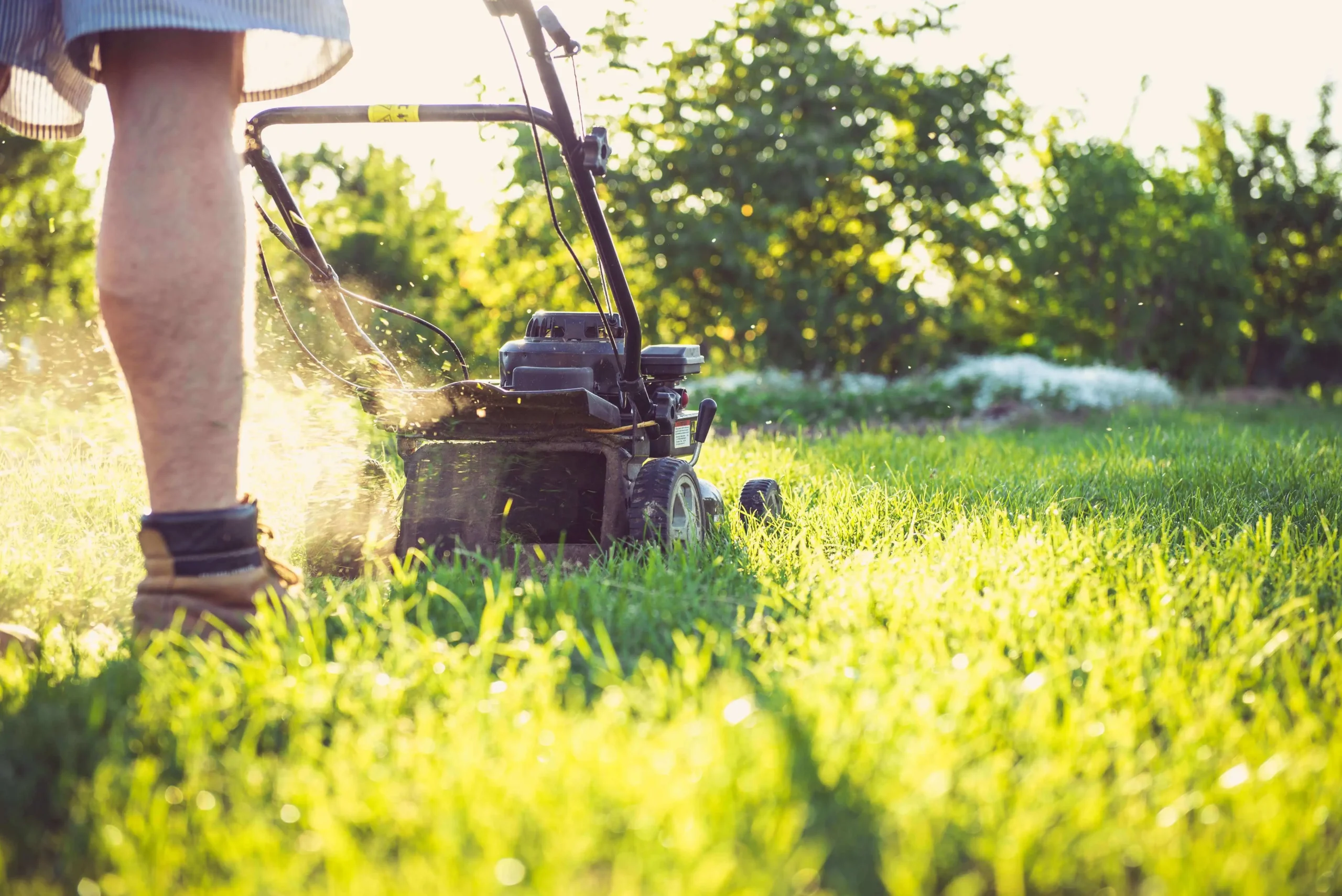
Regular Inspections and Weed Removal
Frequent visual inspections allow you to catch and remove weeds before they have a chance to establish and spread. Pulling weeds by hand or using hand tools can be an effective way to eliminate them without disturbing the surrounding plants. Ensuring thorough removal of the weed’s root system helps prevent regrowth.
Watering and Fertilization Best Practices
Adopting proper watering and fertilization techniques can contribute to a robust and well-established plant community that naturally competes with weeds for resources. Watering deeply and less frequently encourages deeper root growth in desirable plants, while avoiding excess fertilizer application can prevent weed overgrowth.
Long-term Weed Prevention Techniques
Implementing long-term prevention strategies such as installing landscape fabric or employing a layer of cardboard beneath mulch can provide an additional barrier against weed emergence. These techniques effectively smother existing weeds while inhibiting the germination of new weed seeds, contributing to a weed-free landscape in your flower beds.
By consistently incorporating these preventive measures and ongoing maintenance strategies, you can create and maintain a thriving flower bed that remains beautifully free from the invasion of weeds.
Conclusion: Maintaining a Beautiful, Weed-Free Flower Bed

Incorporating preemptive measures, implementing organic weed control methods, and adopting ongoing maintenance strategies are essential for preventing weed growth and preserving the beauty of your flower beds. By understanding the nature of weeds, utilizing proactive strategies, and exploring expert guidance, you can create a flourishing garden space free from pesky intruders.
For expert insights on addressing common weeds in North Texas and maintaining a healthy lawn, visit The Friends Lawn Care for invaluable guidance. Additionally, explore the ultimate lawn repair guide to tackle persistent weed issues and achieve a stunning, well-maintained landscape.
By incorporating these effective strategies and seeking expert advice, you can enjoy a vibrant, weed-free flower bed that enhances the beauty of your outdoor space.



